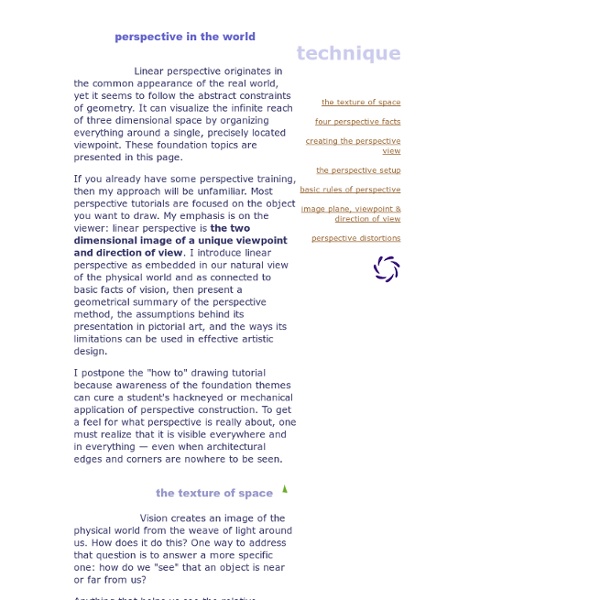Perspective in the world

Pics and It Didn’t Happen
Image by Brad Feuerhelm The tension between experience for its own sake and experience we pursue just to put on Facebook is reaching its breaking point. That breaking point is called Snapchat. It is a nostalgic time right now, and photographs actively promote nostalgia. A photograph is made of time as much as it is of light — a frozen shutter-speed-size gap of the present captured within a photo border. On Snapchat, images have no such future. By refuting the assumption of the permanence of the image, Snapchat is a radical departure. The temporary photograph’s abbreviated lifespan changes how it is made and seen, and what it comes to mean. Subscribe to TNI magazine for $2 and get TNI Vol. 13: <3 today. To understand the emergence of temporary photography, one must understand it in relation to the inflating archive of persistent images and their significance on how we perceive and remember the world. Susan SontagAs Susan Sontag wrote in On Photography, Image by NPF.1 Please fill in all fields
PERSPECTIVE LINEAIRE - LES BASES DU DESSIN ... et de la PEINTURE
29 septembre 2007 6 29 /09 /septembre /2007 14:35 La perspective linéaire est certainement le moyen le plus facilement décrypté par le cerveau. Cette perspective permet de suggérer au mieux la profondeur. Avant d'expliquer les 2 principales perspectives linéaires, commençons ici par définir quelques termes employés. Plan du sol : plan sur lequel est positionné l’observateur Ligne du sol : prend naissance à l’intersection du plan du sol et du plan du tableau Plan du tableau : plan vertical du tableau PFf : prend naissance à la perpendiculaire de la vision de l’observateur et du plan du tableau. LH = ligne d'horizon (là où le ciel touche la mer) Correspond toujours au niveau horizontal des yeux. Les 4 exercices qui vont suivre représentent le même sujet vu par un observateur dans des positions et placement différents. - Le niveau des yeux NY est représenté par une ligne discontinue rouge. - La position de l'observateur est représentée par triangle rouge. Exercice Observateur N° 1
Thomas Vanden Driessche : Photo-booth
A vintage photo-booth dropped in Brussels for a few months close to my place. Just a game at first and then a wish to speak about photography and photographers with a some humor... Thomas Vanden Driessche (b.1979, Belgium) received his master’s degree in journalism and has been working for the United Nations Development program in Morocco and the International Committee of the Red Cross. His work has been published in international publications as Monocle, The Guardian, Le Nouvel Observateur, IDEAT.
Urban Sketchers
Related:
Related:



